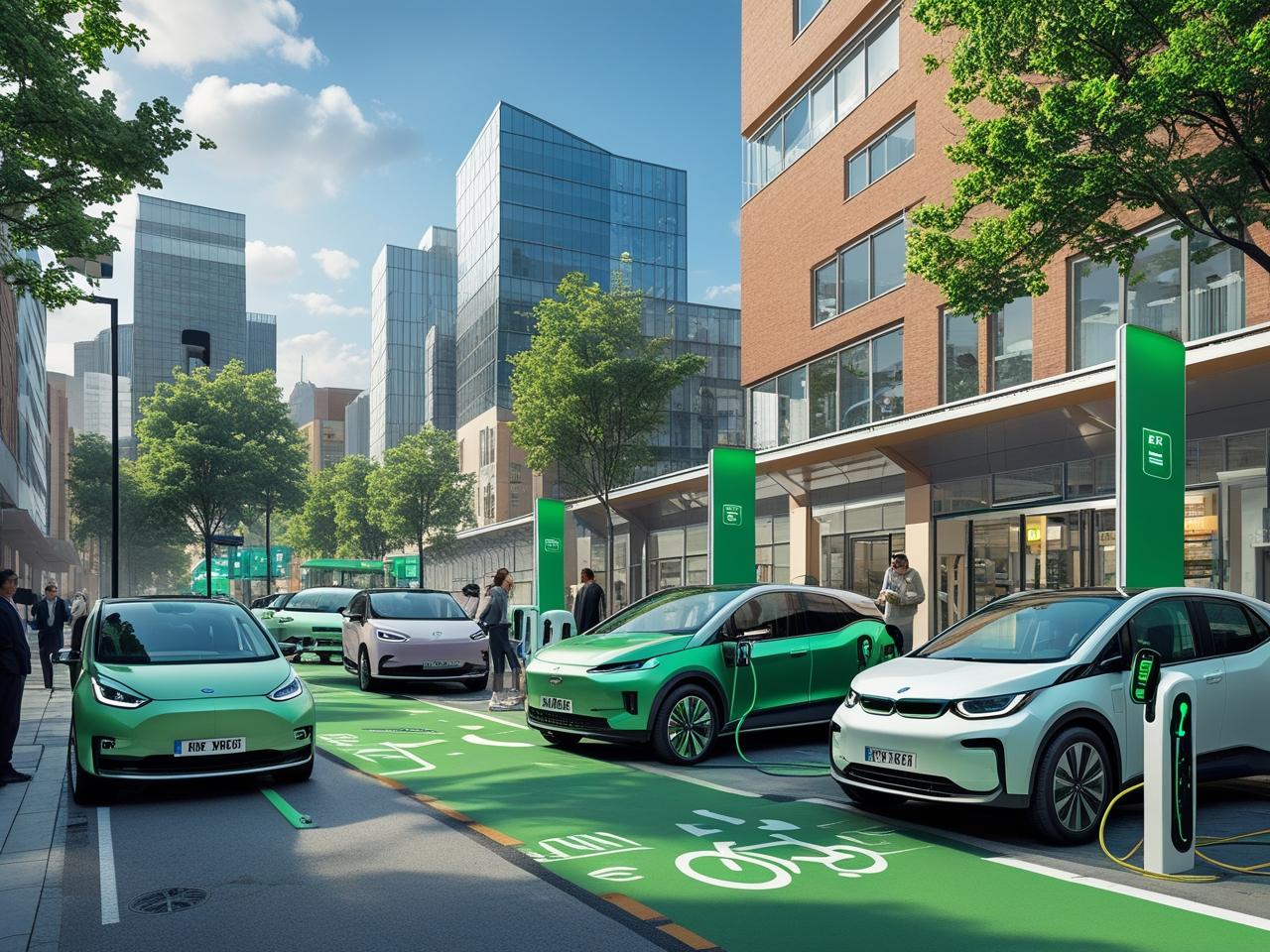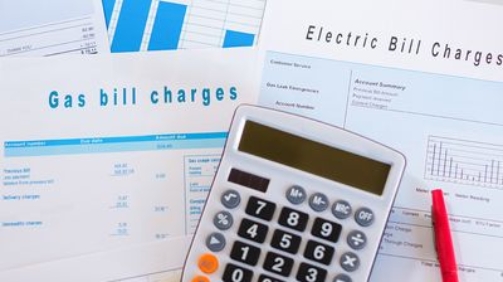🚗 UK EVs Amid Rising Costs: What Businesses and Consumers Need to Know
Electric vehicles (EVs) have become central to the UK’s green transition, but in 2025, rising costs and changing regulations are shifting the landscape. While EVs still offer significant long-term savings, the picture is becoming more complex — especially for those without access to home charging or relying on public infrastructure.
Here’s what UK businesses and drivers need to know about the current state of EVs.
⚡ Running Costs: Still Cheaper Than Petrol
Despite rising costs in some areas, EVs remain significantly cheaper to run than petrol or diesel vehicles. The average annual cost of operating an EV is around 50% lower due to:
- Lower fuel costs (especially with off-peak home charging)
- Reduced maintenance requirements
- Fewer mechanical parts to replace
Home charging typically costs between £0.27 and £0.30 per kWh, and dedicated EV tariffs can drop this even further during off-peak hours — some as low as 5–7p/kWh.
💷 New Costs in 2025
The cost landscape for EVs is changing in 2025 with the introduction of Vehicle Excise Duty (VED) for electric vehicles:
- £10 first-year VED, rising to £195 annually from the second year
- An additional £425 annual fee applies to EVs with a list price over £40,000 (for years 2–6)
These new taxes, combined with higher insurance premiums, slightly reduce the financial advantage of EVs — particularly for newer models or high-end purchases.
🪫 Public Charging vs Home Charging
One of the biggest cost disparities lies in how and where you charge:
- Home Charging: Most cost-effective, especially with smart tariffs and off-peak rates.
- Public Charging: Can range from 30p to 85p per kWh, making it nearly as expensive — or more — than petrol per mile.
Businesses and drivers without access to off-street parking or a home charger may face higher running costs, making workplace charging or fleet solutions increasingly important.
📈 Smart Charging & Grid Opportunities
Smart charging solutions — including Vehicle-to-Grid (V2G) and dynamic tariffs — are helping EV owners save even more by:
- Charging during low-demand periods
- Selling surplus energy back to the grid
- Reducing pressure on the national grid
Research suggests EV drivers using smart charging can save £700–£1,475 per year, especially when combined with flexible energy plans.
🏢 What This Means for Businesses
For companies operating fleets or offering employee EV support, 2025 brings new opportunities — and new costs. Here’s what to keep in mind:
- Plan fleet charging infrastructure early to control long-term operating costs
- Offer workplace charging for staff to reduce their reliance on expensive public stations
- Review your business energy tariffs to support off-peak EV charging
- Consider total cost of ownership (TCO), not just vehicle price
🧾 Summary: Pros and Cons in 2025
| Pros | Cons |
|---|---|
| Lower running and maintenance costs | New road tax (VED) on all EVs from April 2025 |
| Incentives for smart charging | High public charging rates without home access |
| Zero tailpipe emissions | Slightly higher insurance premiums |
| Business image and ESG benefits | Upfront vehicle cost still high |
✅ Final Thought
EVs are still a smart choice — especially for businesses and drivers who can charge at home or on-site. However, with tax changes and rising public charging costs, the savings depend on usage habits and access to infrastructure.
At Candid Technology Ltd, we help businesses optimise energy contracts, implement EV charging solutions, and reduce long-term operating costs. If you’re planning to invest in EVs for your business or fleet, now is the time to build a smart, cost-efficient charging strategy.
Get in touch today to discuss how we can support your transition to electric.




